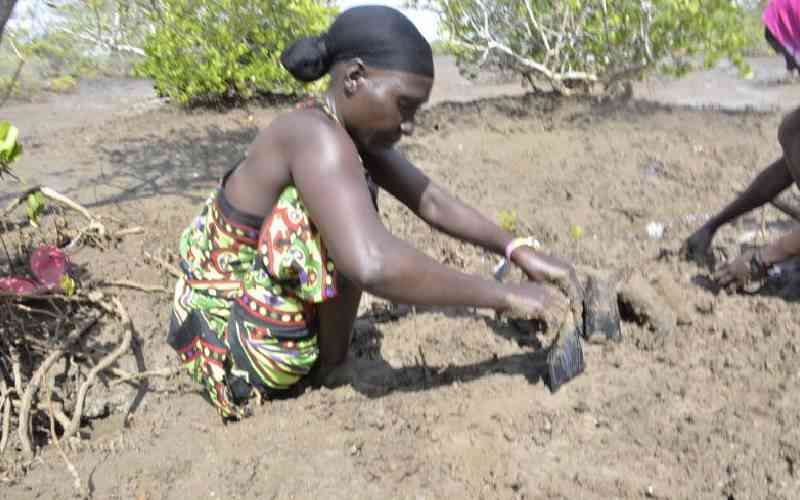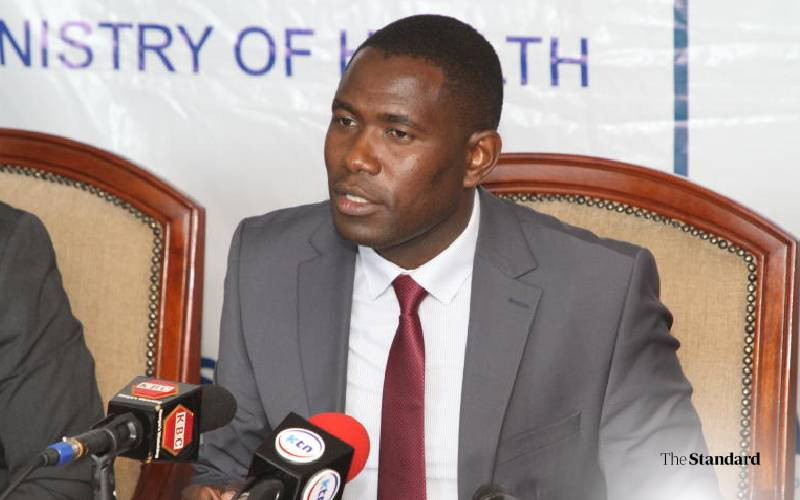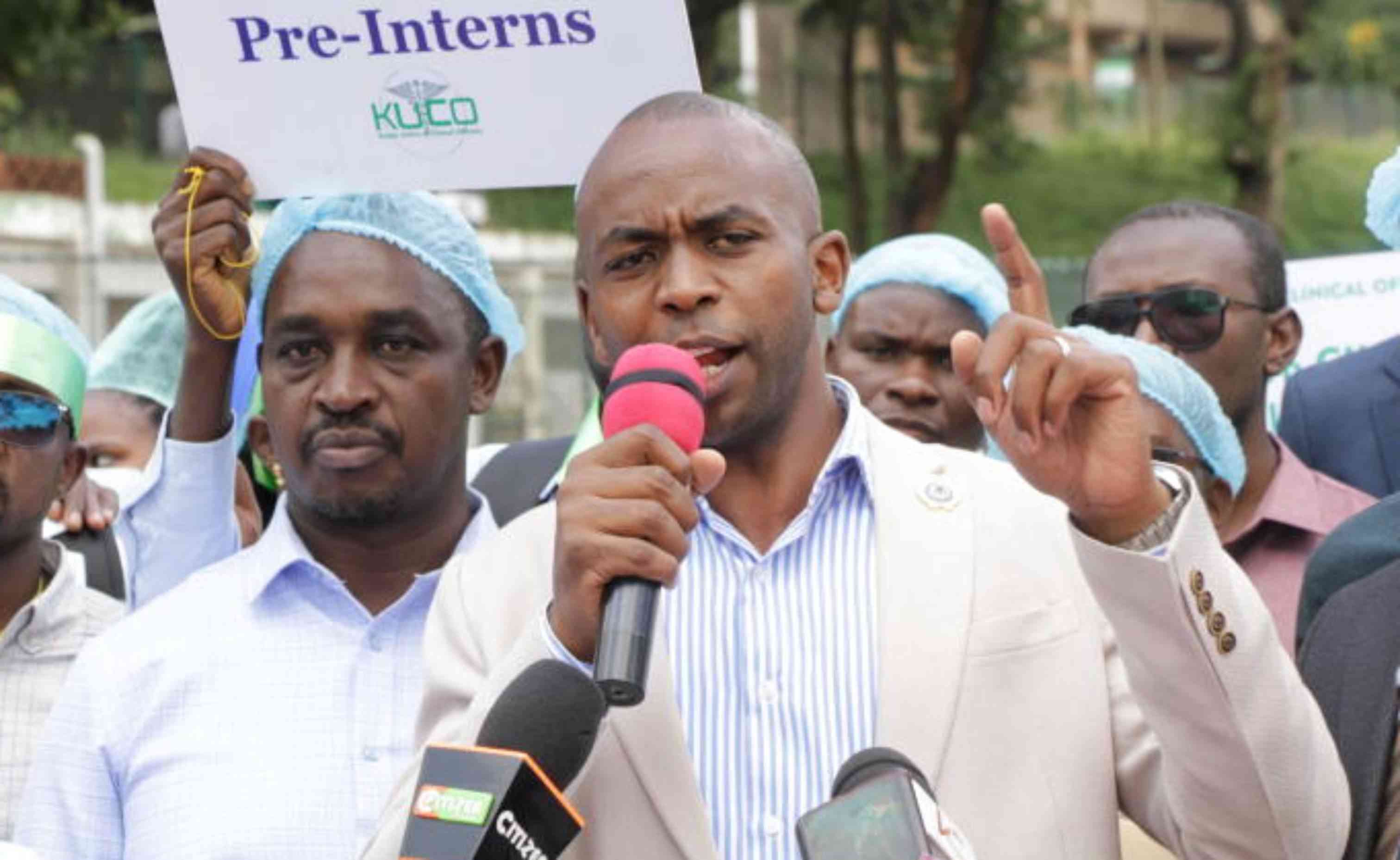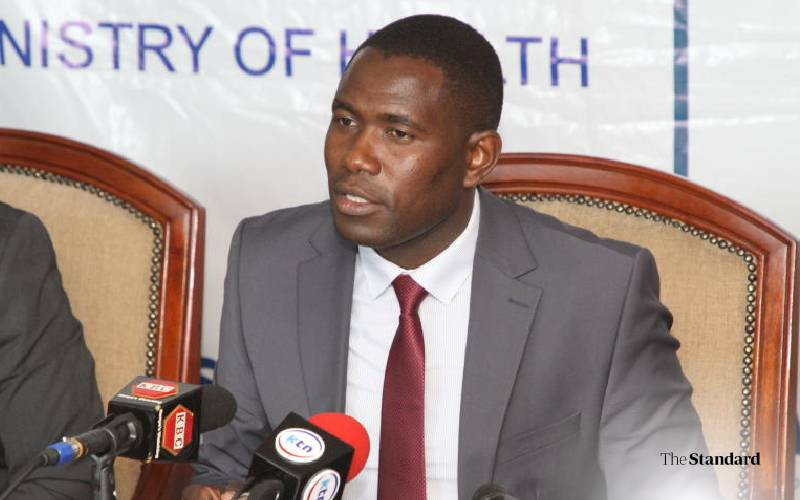
"With such an approach, the animals will not be raiding our farms as often," Lameck Kibet said.
The restoration programmes by communities within the Tana Delta are part of the broader Tana Delta Restoration Initiative(TRI), where communities are supported to take the lead in sustainably managing their environment and natural resources.
The TRI Tana project is funded by the Global Environment Facility (GEF) through the United Nations Environment Programme (UNEP). The project is being executed by Nature Kenya within the 130,000-hectare delta, which is globally recognised as a Ramsar Site, Key Biodiversity Area, an Important Bird Area, and a Global Biodiversity Hotspot.
Besides Tana Delta being East Africa's second most important delta and Kenya's largest delta, it also forms part of the Eastern Arc Mountains and Coastal Forests biodiversity hotspot. It is also a proposed World Heritage Site.
But with the impacts of climate change manifesting, Tana Delta, like many other areas, is also affected. It has experienced intense droughts and floods, coastal erosion, salty water intrusion and other challenges that have increased pressure on its resources. These trends have seen the parts of the Tana Delta experiencing high degradation due to overgrazing and conflicts over water resources.
Nature Kenya director Paul Matiku said that restoration of the Tana Delta is critical in sustaining both the ecosystem and livelihoods of the communities that entirely depend on it.
"Tana Delta is a very critical ecosystem. With the current impacts of climate change being experienced, there is a need to reverse these trends. It takes effort and teamwork to achieve this and a lot has been achieved since the programme started. The communities have been at the forefront of adapting and mitigating these impacts. Through the GEF funding, Nature Kenya has managed to roll out a series of livelihood support initiatives that will ease restoration of these areas," Dr Matiku said.
Under the project, some of the highly degraded areas were mapped and a GIS-based Geodatabase is used to monitor restoration progress.
According to a restoration map showing progress generated based on monitoring data, 8,462 ha of degraded land out of the targeted 10,000 hectares has been restored. "The restored areas have been achieved through a combination of community-based approaches like direct seeding, planting of tree seedlings and also aided regeneration through sustainable land uses such as climate-smart Agriculture," Rudolf Makhanu, Tana Delta Restoration Initiative Project officer said.





